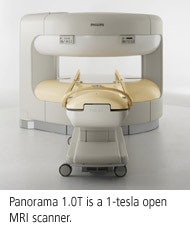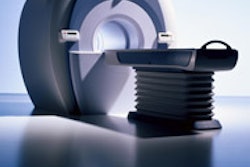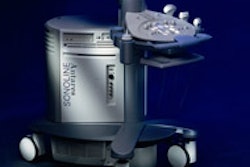Philips is planning to demonstrate a 64-slice version of its Brilliance CT product line, as well as a wide-bore scanner for radiation oncology applications. The Andover, MA, company will also highlight recent enhancements to its CT console platform and new applications being developed at the company for virtual colonoscopy, cardiovascular image processing, lung emphysema, and viewing large datasets.

Philips announced in September that it is developing a 64-channel scanner, Brilliance 64. The system is based on the company's 40-channel detector, which features 40 mm of total detector coverage per rotation.
The 40-channel detector's architecture employs acquisition channels that were narrower at the center of the detector (0.625 mm) and wider at the edges (1.2 mm). For Brilliance 64, Philips has expanded the number of channels by dividing the wider outside channels into 0.625 slices, resulting in a system with 64 x 0.625-mm acquisition and 40 mm of total coverage per rotation.
Shipments of Brilliance 40 scanners began in October, and Brilliance 64 is expected to hit the market in mid-2005, according to the company.
Brilliance CT Big Bore Oncology is a version of the Brilliance platform designed for radiation oncology applications like treatment planning, with an 85-cm patient bore designed to facilitate patient positioning. The scanner was introduced in October.
Product highlights include a 60-cm field-of-view and a CT localization application (CT L.O.C.) directly on the scanner console. The feature enables clinicians to localize tumors and mark patients for therapy delivery without leaving the console.
Philips will also show new enhancements on its Brilliance Workspace 2.0 workstation. The newest version of the software features packages for cardiovascular image processing, lung nodule assessment and computer-aided diagnosis, emphysema imaging, lung quantification, and the review of large 3D datasets.
The company will also demonstrate a new virtual colonoscopy application that includes a visualization technique called Filet View. Filet View portrays the interior wall of the colon as a landscape, making viewing around corners and behind folds easier for users, according to the company.
By Brian Casey
AuntMinnie.com staff writer
November 9, 2004
Copyright © 2004 AuntMinnie.com



















